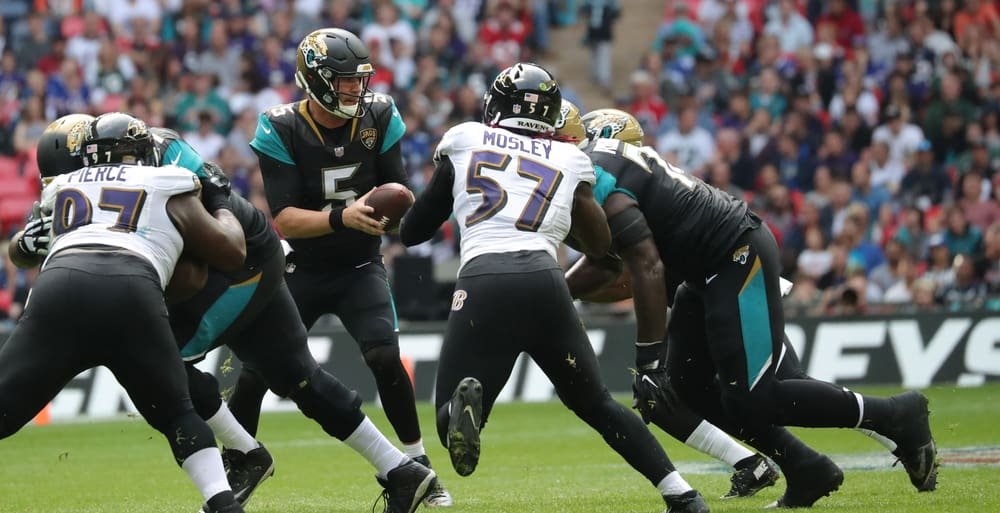
Considered as the most popular sport in the United States, American football is arguably an enthralling tense game. It went on to even inspire many award-winning films. The sport cultivates teamwork, perseverance, hard work, dedication, and talent.
However, like every good thing, even American football has its drawbacks. For instance, a ground-breaking study published in the Journal of the American Medical Association (JAMA) stated that 99% of the donated brains of the NFL’s players had Chronic Traumatic Encephalopathy (CTE). And, the problem doesn’t end here. There are more concerns, so we came up with a list of disadvantages and risks of playing American football.
These are five disadvantages and risks of American Football.
1. The probabilities of injuries.
Sustaining an injury, whether it is minor or major, is an inevitable process of the game. And especially in this sport, where there is full-physical contact among the players. Players are prone to get injured even during the practice sessions, let alone during a game.
According to Stop Sports Injuries, football is at the top of the list when it comes to the number of injuries in young athletes, especially when it comes down to concussions. Also, based on the U.S. Consumer Product Safety Commission statistics, in one year, about 1 million young athletes sustained injuries related to football.
Common injuries that are frequently experienced by all the football players are sprains, strains, dislocations, concussions, and fractures. Concussion injuries have become a major health concern among the players lately.

2. The long term effects of concussions.
Concussions have become a significant concern because of their nature to correlate with mental illnesses like chronic traumatic encephalopathy and dementia. The long term effects of concussions are quite painful for the players who sustain them, which can lead to depression, as well as other psychological problems. In severe cases, it can lead to neurodegenerative diseases.
This type of brain injuries, also, coincide with sensitivity to light and noise, psychological problems with depression, sleep disturbances, concentration difficulty, and disorders of taste and smell.
The neurological damages can not only reduce the player’s career but also cause nagging ailments in their later years. Sometimes these injuries can be a major cause of their death too. It does not just affect the player themselves but also family, friends, and people with and around them.
3. The possibility of catastrophic injuries.
Catastrophic injuries are basically very serious injuries that are considered as a third-grade injury. These injuries are mainly impacted by the spinal cord, spine, or brain. Although these catastrophic injuries have become less common since the ’70s, nevertheless every year a number of them still occur.
Both catastrophic and concussions are majorly caused by helmet-to-helmet collisions between players. But are also caused when the player hits hard, head-down on the field or when hit by another player’s knee. Despite the decrease in the cases of catastrophic injuries, several Football players have suffered significant injuries; there are even cases where players have become paraplegic or paralyzed.
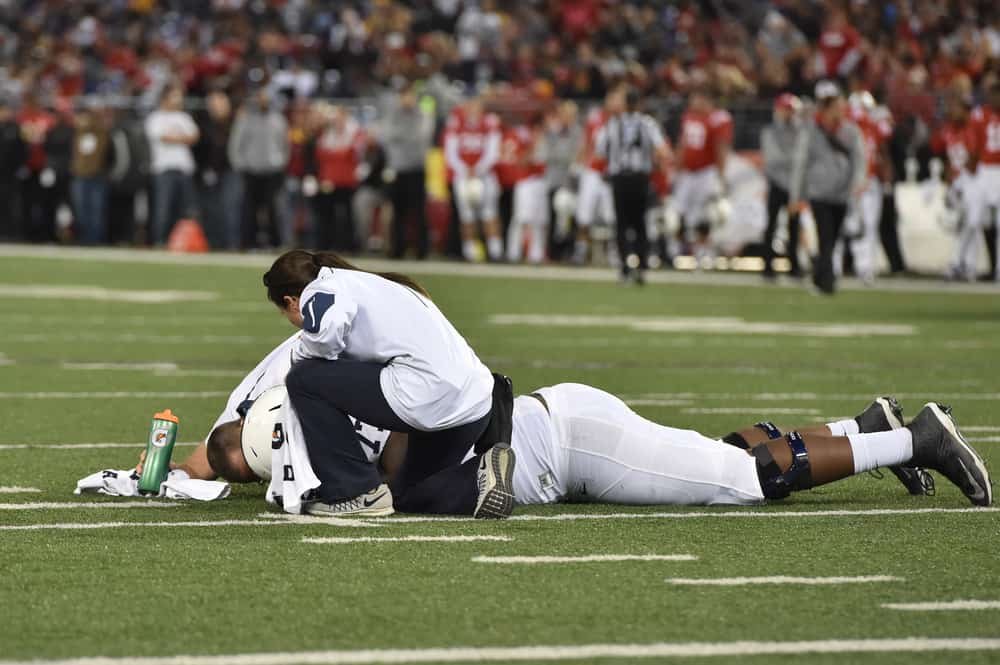
4. It can lead to drug and substance abuse.
An issue that has been present in both professional and high school level is the consumption of performance-enhancing drugs. The steroid use among the players is both illegal and not scientifically proven. It has been associated with risks for musculoskeletal injuries among the players.
Also, some of the players take Human Growth Hormone medications to recover from injuries and improve game performances, lose weight, as well as decrease aging. However, there is no scientific evidence for any of the said benefits, yet it has adverse side effects that speed up the onset of diabetes and unhealthy influence on joints and the heart.
That being said, the NFL does take the responsibility of requiring drug tests on the players.
5. Not suitable for young kids.
Many experts suggest that young kids should not play tackle football. Studies show that most of the child’s early brain development will occur before the age of 12; hence, it wouldn’t be advisable to let your kid train and play tackle football before that age.
When an organ, such as the brain, is being developed, it is best left undisturbed, and we all know that’s very unlikely in American football because it involves a lot of action where the head will receive severe blows.
Nevertheless, an excellent alternative for young kids is to play flag football . This game is very similar to tackle football, but without the high risk of injuries.
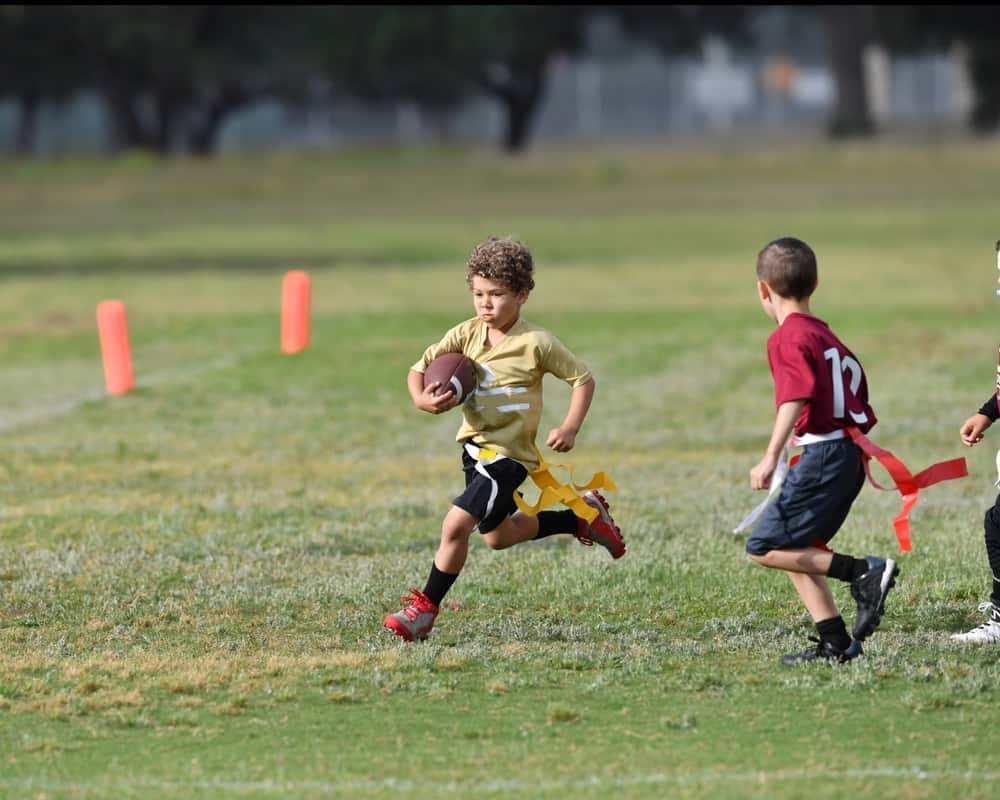
The Risks that Come with Each Football Position.
Quarterback
As a member of the offensive team, the quarterback (QB) has a major role. The QB must be quick, and if he is not conscious of his surroundings, he might not notice the tackle coming towards him at bullet-train speed. His role will have a considerable impact on the team’s victory or loss. Hence, it is not a stretch to believe several risks come along with being the quarterback.
One of the significant disadvantages is the fact that the blow or impact might be unseen; therefore, the player must be completely aware and conscious of his surroundings. There are times where the quarterbacks can completely avoid injury. However, if he receives a blindside tackle, then chances are high that it could be severe.
Wide Receiver
Unlike quarterbacks, the players in the wide receiver position can foresee where the attack against them will be coming from. But, this doesn’t mean that they are less likely to be injured.
On the contrary, they are the ones who could potentially receive impactful blows by the attackers, causing instant concussions, and it certain occasions, loss of consciousness. However, the damages caused are not recurrent; therefore, it is possible to say that players in the wide receiver position can go on playing for a season without severe injuries.
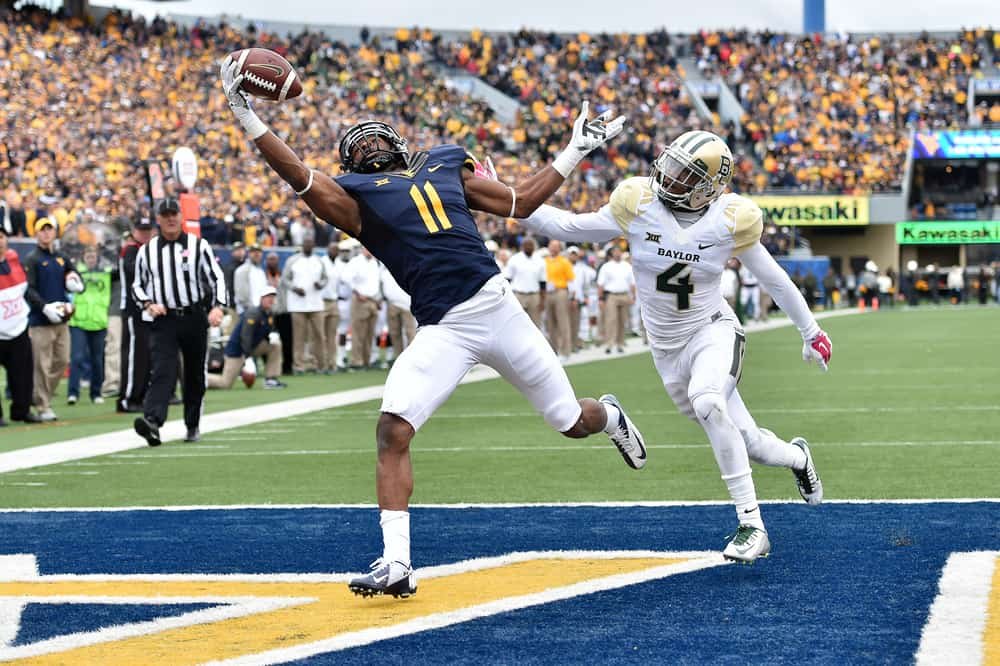
Linemen (offensive and defensive)
The players in the linemen position, both the offensive and defensive teams, are quite similar to the military infantry and are considered as the first line of defense or first line of attack. So, from this comparison, we can also assume that the linemen are likely to get injured.
Unlike the quarterback and wide receivers, the linemen will definitely be subject to recurring blows and numerous minor injuries. This is just a fact of playing the game in these positions. However, their injuries are not as severe due to the proximity of the player making contact. A lineman is rarely prone to get a concussion. But, this doesn’t erase the fact that the injuries are repetitive and can cause problems in the long run for the player.
Lineback
The linebackers, being on the defensive team, line up behind the linemen. And, the risks they must take are also quite similar to that of the linemen. The linebackers are subject to continuous injuries of small scale, hence making it difficult for them to completely recover before the next game, which they will be expected to play.
Considered as the vital defense position, the linebackers’ role is to tackle and stop runs and must also be swift enough to catch receivers. Therefore, we see that for a linebacker to be good, he must be versatile.
Running back position
Being on the offense side, the running back players have, also, a major role as the quarterbacks. These players will have a hand in almost every play and may also be called out for the role of an additional receiver.
As the name of the position suggests, the player must be quick in turning paths and exceptionally swift in straight lines as they make narrow escapes from the thundering defenders. However, if the player is overthrown by the defenders, then he is sure to receive heavy blows. The damage caused will also be of considerable impact when the player is attacked when running at full speed.
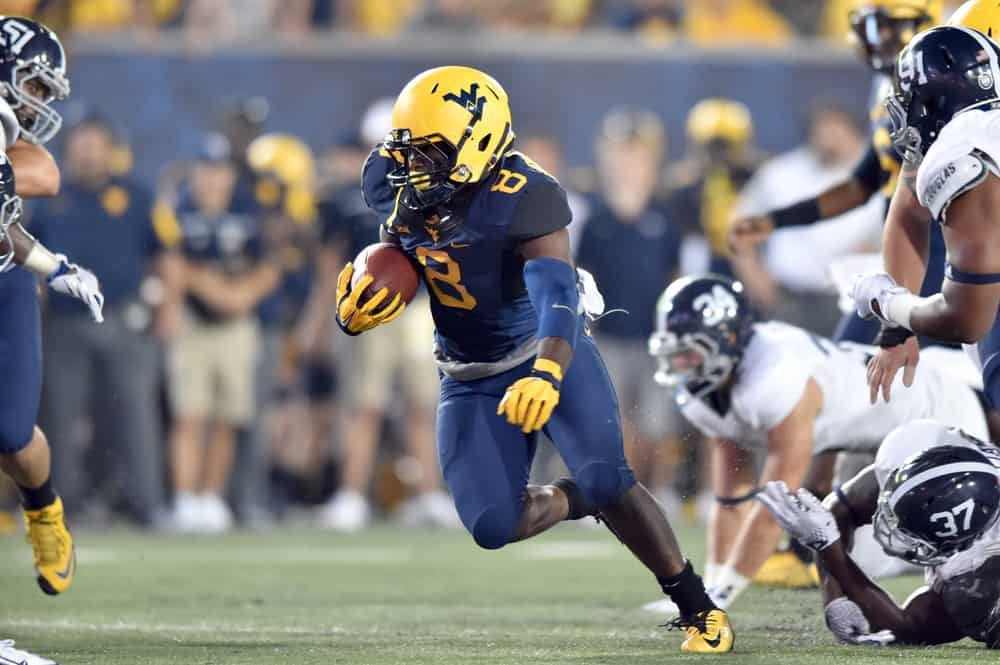
Most running back players suffer the damage of a torn ACL and other muscle injuries. Such injuries greatly affect performance and end up being the reason for most players to sit out from an entire season.
Center position
Unlike the other positions, the center position player is not subject to huge risks. As the center player will have to be clever and design the game scheme in his head as soon as he studies the position of the defense team. His plan can have a great impact.
Apart from hiking the football to the quarterback or in some cases, the running backs, the position involves blocking the defense linebackers. Therefore, apart from muscle issues and a few blows, the center position player doesn’t carry many significant risks.
Last word
American football is a rough game, there’s no doubt about it. It is no wonder that several measures have been adopted to minimize its severity. However, certain risks still linger, notably the long-term effects of playing the game, especially for professionals.
